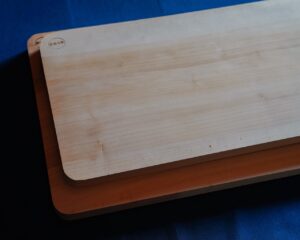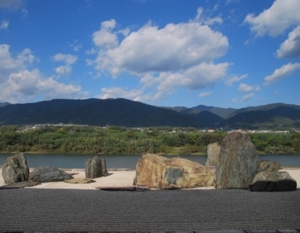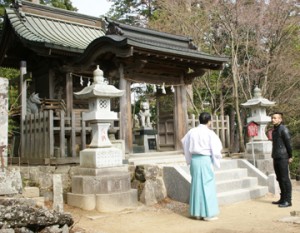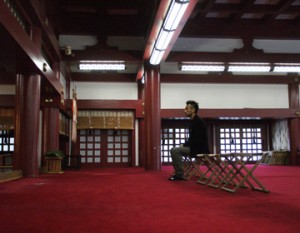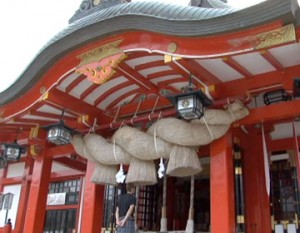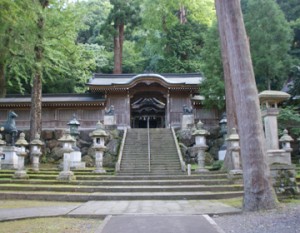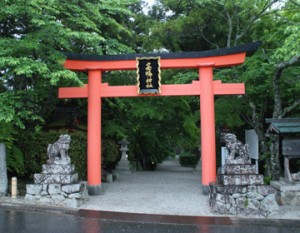Kongo-gumi, the oldest construction company in Japan
Kongo Gumi, located in Tennoji Ward, Osaka City, is a construction company specializing in temple carpentry that builds and restores shrines and temples throughout Japan. The history of the company began with the Kongo Construction Department in Shitennoji Temple. It is the oldest existing construction company in the world.
The name “XX-gumi” is sometimes misunderstood (laughs), but Kongo Gumi is a shrine and temple construction company that owns eight temple carpenters called “Takumikai. Kiuchi Gumi, which I lead, is one of them. It is said that there are currently 200 to 300 companies in Japan that contract temple carpentry work, and about 110 of them work for the eight groups of the Kongo-gumi,” said Shigeo Kinouchi, a master carpenter of the Kinouchi group.
Kongo-gumi’s temple carpenters travel to shrines and temples throughout Japan to build and restore them. The main difference between ordinary carpenters and temple carpenters is that carpenters build “houses for people to live in,” while temple carpenters build “houses for gods and Buddha to enter.
The buildings we build are objects of worship, and it is not unusual for them to remain for 200 or 300 years. It is the job of the miya carpenter to use traditional techniques to create sturdy buildings that will not be defeated by any natural disasters. For example, we do not use metal nails for structural materials. For example, we do not use metal nails for structural materials because they rust and the wood rots from there,” says Kiuchi.
How advanced are the techniques of miya-daiku (temple carpenters)? This was immediately apparent when I saw Mr. Kiuchi planing the wood. He runs the plane lightly over a square piece of wood with a familiar plane in his hand. The shavings that came out of the plane were so thin you could see through them.

The Craftsmanship of a Palace Carpenter
The standard for plane shavings is 0.1 mm or less. Today, I’m not in good shape, so I’d say it’s about 0.07 mm (laughs). Some of our carpenters can plane as thin as 0.03 or 0.02 mm,” Kiuchi said.
Nakata also tried his hand with a plane. Nakata’s plane shavings were thicker and the thickness was not consistent, even though he was using the same tool in the same way.
Nakata said, “You can’t use too much force, and you can’t use too little force either. You have to pull with a certain amount of force all at once, but it’s very difficult.
Planing is one of the skills of a master carpenter, but it is not just a matter of being able to plane thinly and evenly. For example, compared to machine-finished floors, floors finished by miya carpenters are more resistant to water and dust and retain their beautiful wood texture even after 20 or 30 years. Miya carpenters have a number of such techniques, which have been passed down from generation to generation.
Inside the processing center, a model of a 2.5-meter-high tower had already been assembled. A scaled-down version of the model was made by precisely calculating each pillar and the angle of the roof’s warp, and the work process and durability were checked. This kind of meticulous craftsmanship has continued since the time of Prince Shotoku. These craftsmen are preserving Japanese architecture and culture.







